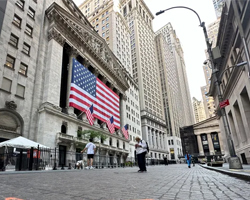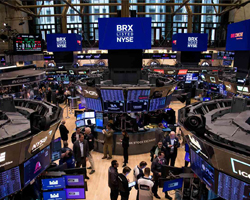Tech Sector Tumbles as Nvidia Weighs on S&P 500 Ahead of Key Earnings; Markets Eye Fed and GDP Data | Daily Market Analysis
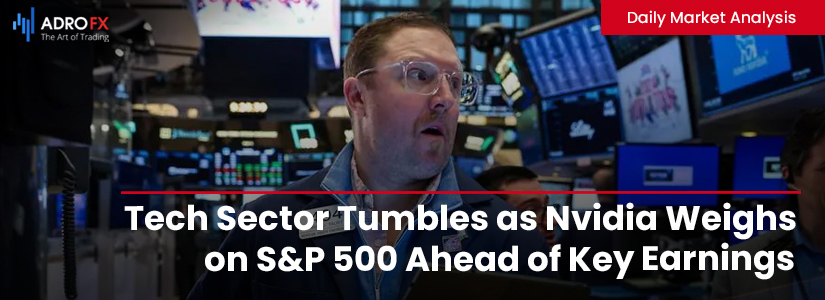
Key events:
- Eurozone - ECB's Schnabel Speaks
- Eurozone - ECB's Lane Speaks
- Eurozone - Eurogroup Meetings
- USA - GDP (QoQ) (Q2)
- USA - Initial Jobless Claims
- USA - FOMC Member Bostic Speaks
The S&P 500 ended Wednesday in the red as a decline in Nvidia dragged down the tech sector ahead of the chipmaker's quarterly earnings release.
Dow Jones futures dropped 0.4%, or 159 points, while S&P 500 futures slipped 0.6%, and Nasdaq 100 futures fell 1.1%.

Nvidia Corporation (NASDAQ: NVDA), the world's largest chipmaker by market value, saw its stock decline by 2%, leading the tech sector lower as investors exercised caution before the company's second-quarter earnings announcement after the market closed. The company is anticipated to report earnings per share of $0.644 on revenue of $28.68 billion, with both figures expected to improve from the previous quarter.

Nvidia's shares have surged 160% in 2024 so far, driven by the company's significant gains from growing investments in artificial intelligence. Nvidia produces the most advanced AI chips available, positioning it as a key indicator of AI demand.
Gold prices regained some ground on Thursday after rebounding from weekly lows below $2,500 per troy ounce. Expectations of potential US interest rate cuts could boost demand for gold, as lower rates decrease the opportunity cost of holding non-yielding assets like gold. Additionally, ongoing political uncertainty in the US, geopolitical tensions in the Middle East, and global economic concerns are providing upward support for the precious metal.
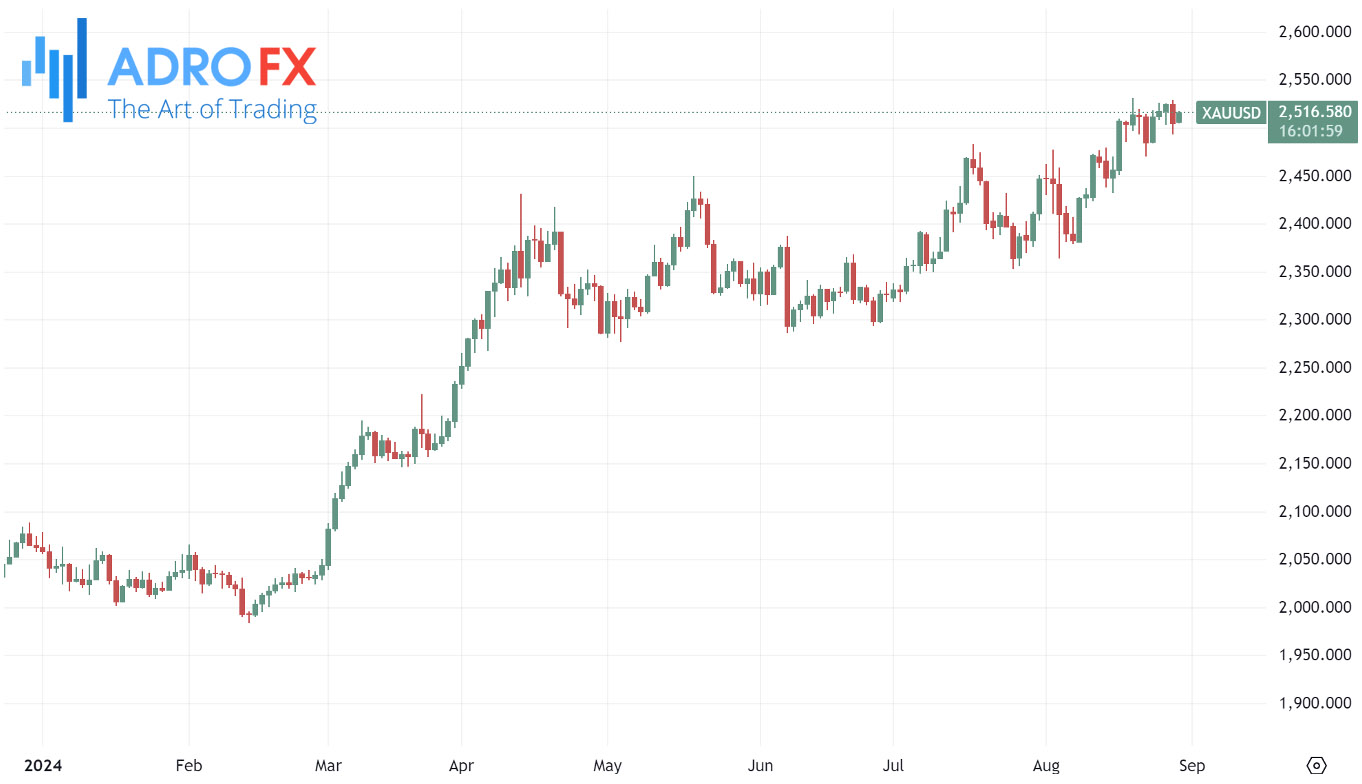
Conversely, renewed demand for the US Dollar could apply downward pressure on USD-denominated gold, making it more expensive for international buyers. Investors are keeping a close eye on the second estimate of US Gross Domestic Product (GDP) for the second quarter, which will be released on Thursday, for further insight into the Federal Reserve's potential rate cuts. On Friday, the US Personal Consumption Expenditures (PCE) Price Index data for July will be in focus.
The NZD/USD pair gained traction near 0.6280 during early Asian trading on Thursday, marking its highest level since January 4. The New Zealand Dollar's rise was supported by increasing expectations of Federal Reserve rate cuts and a positive New Zealand ANZ Business Outlook Survey.

New Zealand's business confidence for August, as measured by the ANZ Business Outlook Survey, reached a decade high. The headline confidence index surged to 51.0 in August, while the expected own activity measure hit a seven-year peak of 37.0. ANZ's chief economist, Sharon Zollner, noted the survey revealed "a flurry of optimism," which strengthened the Kiwi against the US Dollar.
Fed Chair Jerome Powell recently indicated that the US central bank is prepared to reduce interest rates. Additionally, Minneapolis Fed President Neel Kashkari suggested that discussions on potential rate cuts could begin as early as September due to a weakening labor market. Similar sentiments were echoed by St. Louis Fed President Alberto Musalem and Atlanta Fed President Raphael Bostic, hinting at a dovish outlook for the Greenback in the short term.
Meanwhile, the AUD/USD pair traded higher around 0.6790 during Asian trading on Thursday. Stronger-than-expected Australian CPI inflation data delayed rate cut expectations from the Reserve Bank of Australia, lending support to the Aussie.
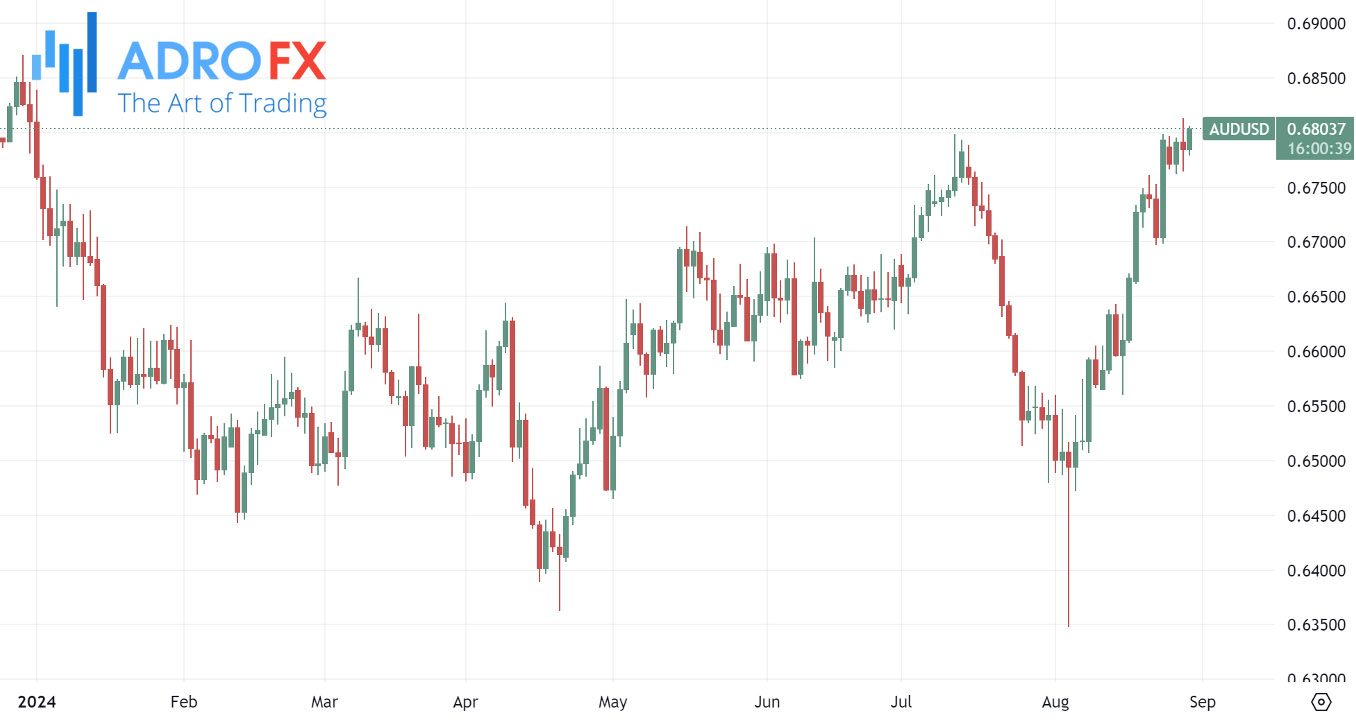
Australia's private capital spending fell by 2.2% in the second quarter (Q2), following a 1.0% increase in the previous quarter, according to the Australian Bureau of Statistics. This decline was larger than the expected 1.0% drop. Spending on buildings and structures decreased by 3.8% while spending on plant and machinery declined by 0.5%.
Despite the softer Australian inflation data, which showed a decrease from 3.8% to 3.5% in June, the figures were still above expectations, leading to reduced anticipation of an RBA rate cut. Investors are now looking to Australia's Retail Sales data, set to be released on Friday, for further direction.
The USD/JPY pair remained on the defensive at around 144.50 during Asian trading hours on Thursday. Dovish comments from Federal Reserve officials continued to weigh on the US Dollar in the near term, with investors awaiting the second estimate of US GDP growth for Q2, projected at 2.8%.
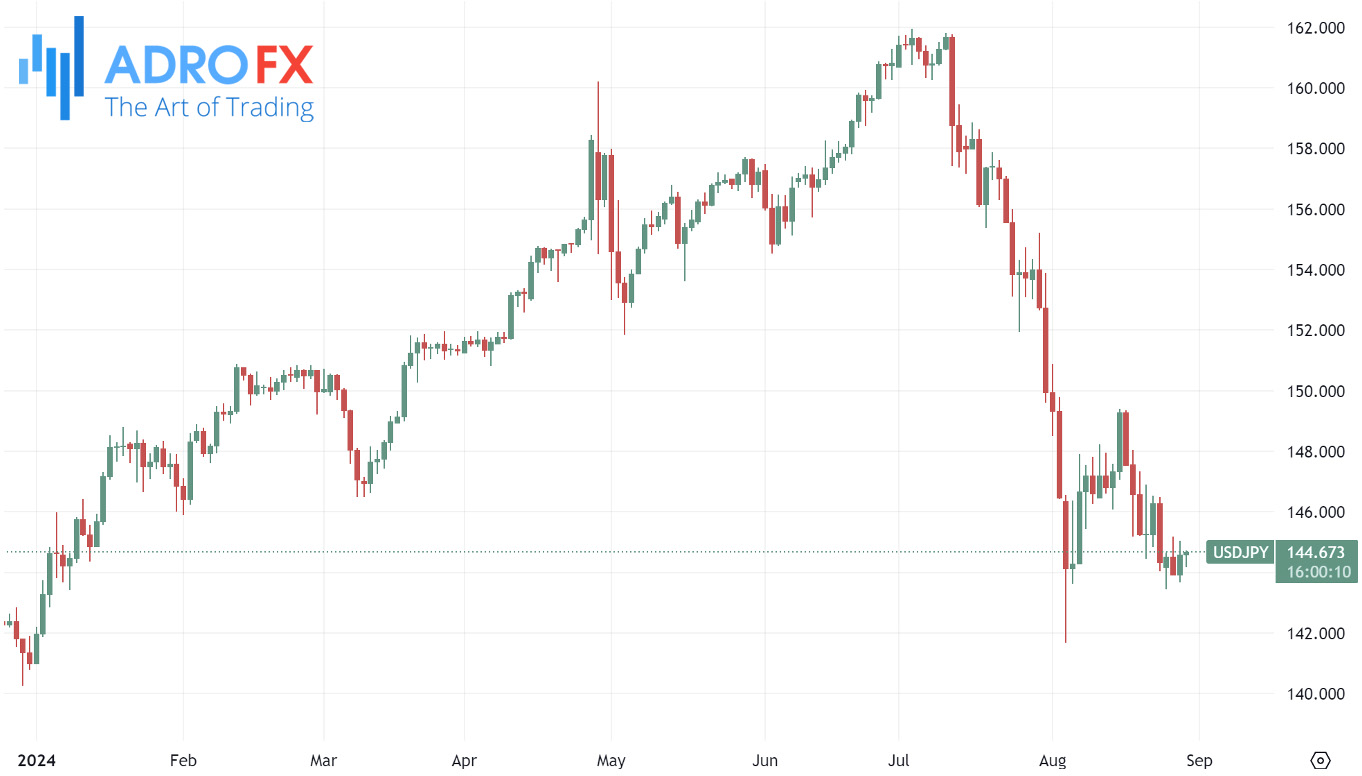
Bank of Japan Deputy Governor Ryozo Himino stated on Wednesday that the Japanese central bank would continue raising interest rates if inflation remains on track, while closely monitoring financial market conditions. His remarks aligned with those of BoJ Governor Kazuo Ueda, who recently emphasized that market volatility would not derail the bank's long-term rate hike plans. According to a Reuters poll, most economists expect the BoJ to raise rates again this year, likely beginning in December rather than October.

